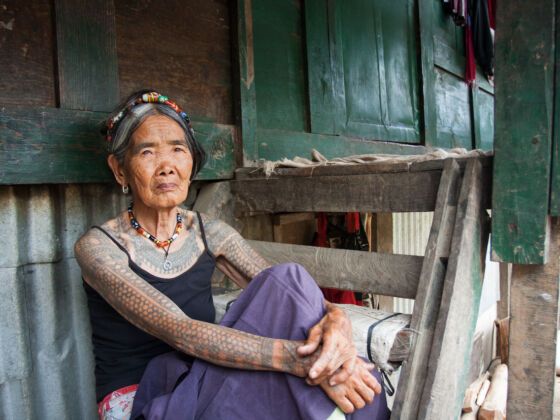Celebrating battlefield heroics, tribal loyalty, and global conquests, tattoos have for much of civilization played a cultural role nearly as significant as cuisine or region. Some estimates place the first appearance of tattoos at 12,000 BC. A difficult claim to prove, but one thing is known for sure: tattoos were a part of human culture long before hipsters and the electric tattoo gun.
Around the world, tattoos look different and are applied in varying ways. Here are eight varieties that are as diverse as they are beautiful.
